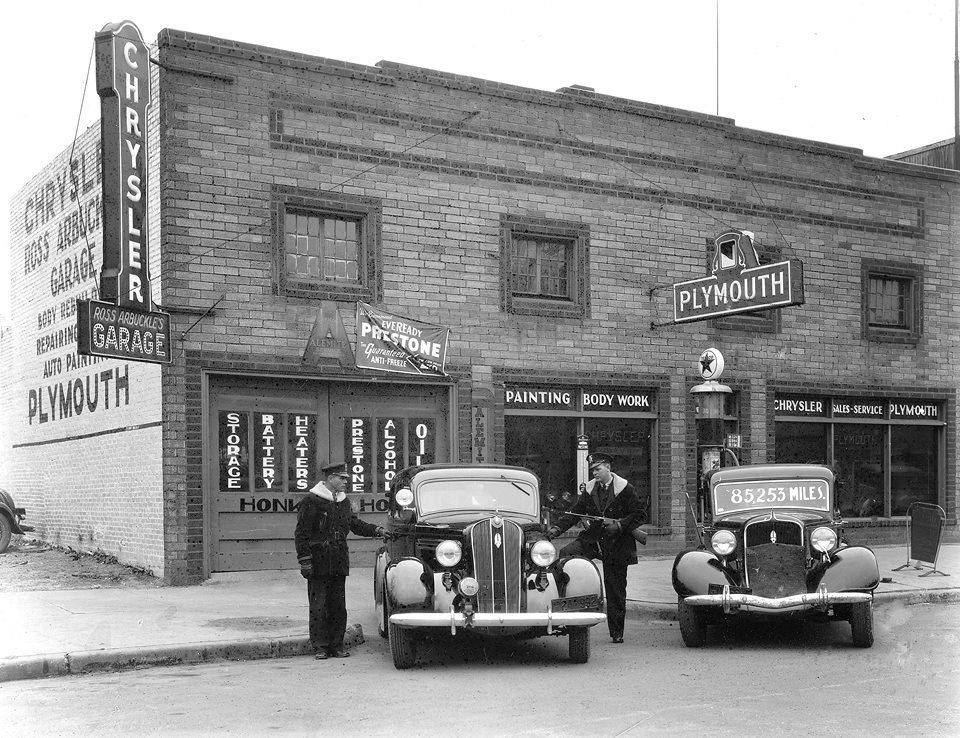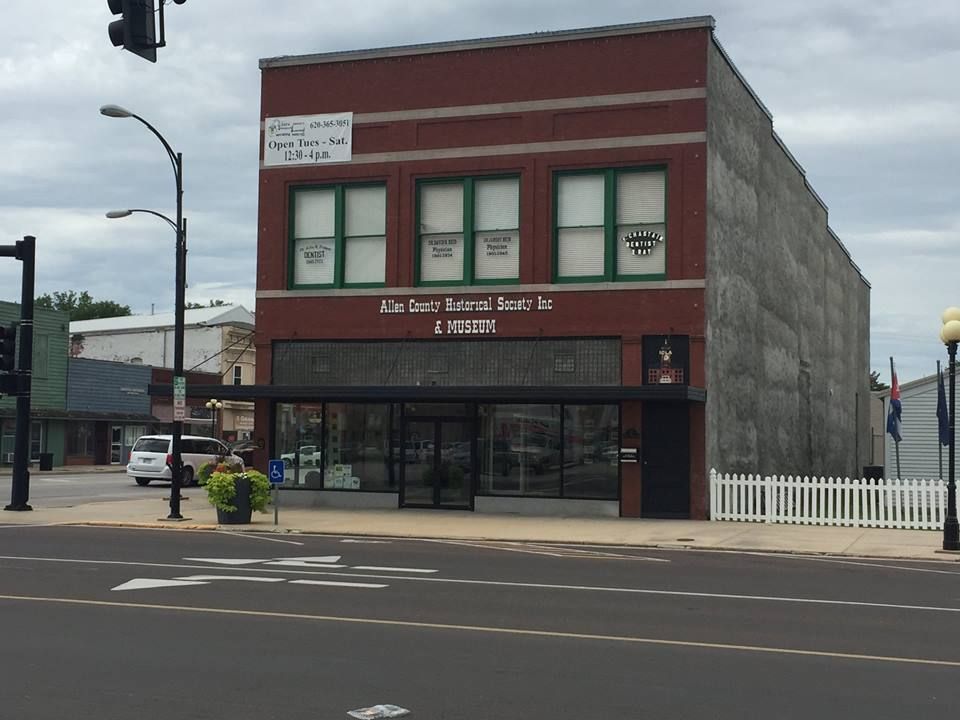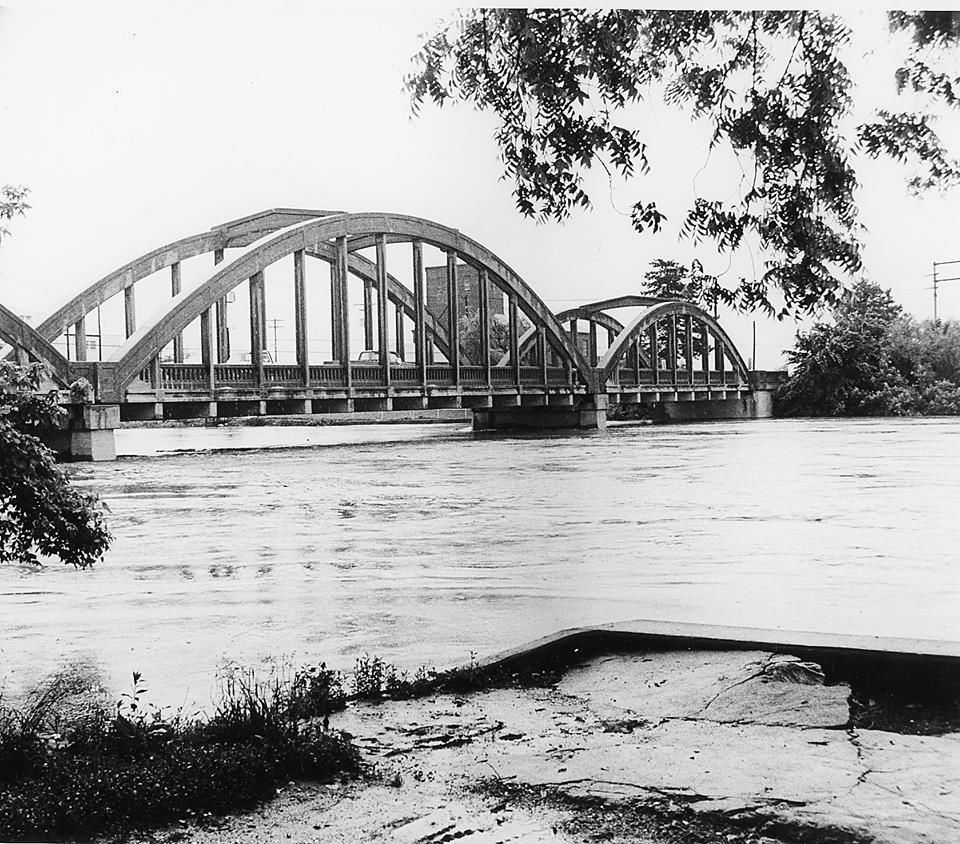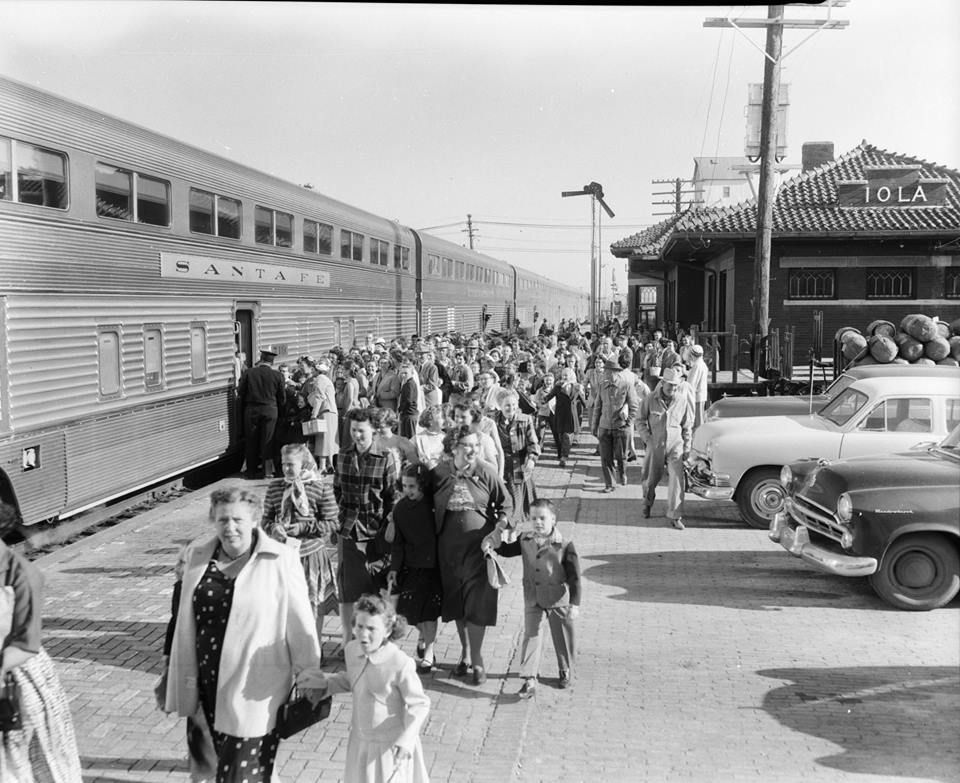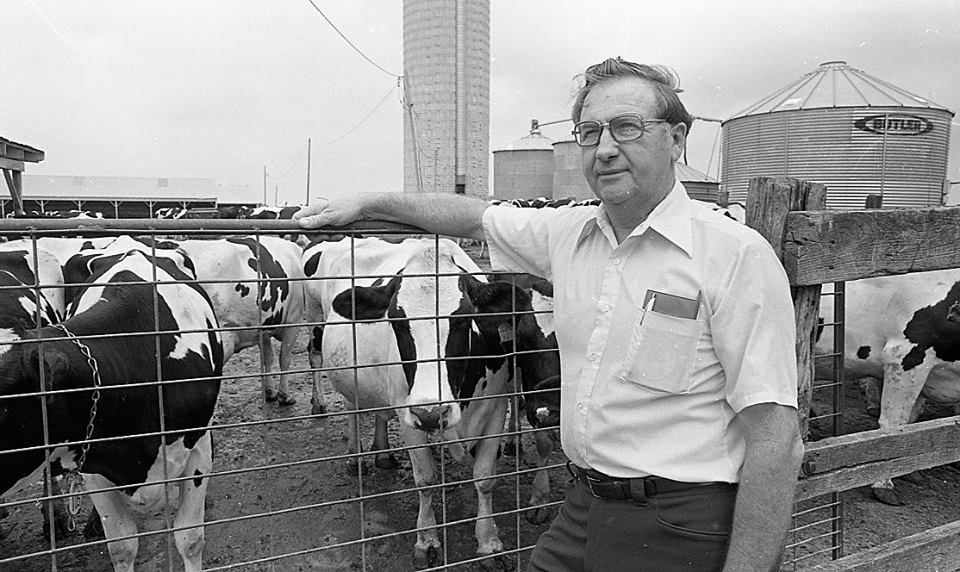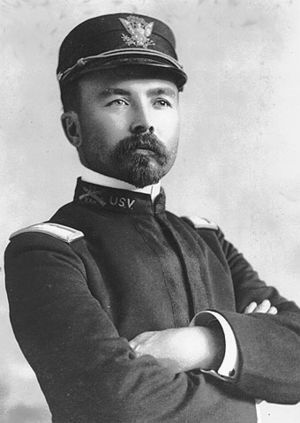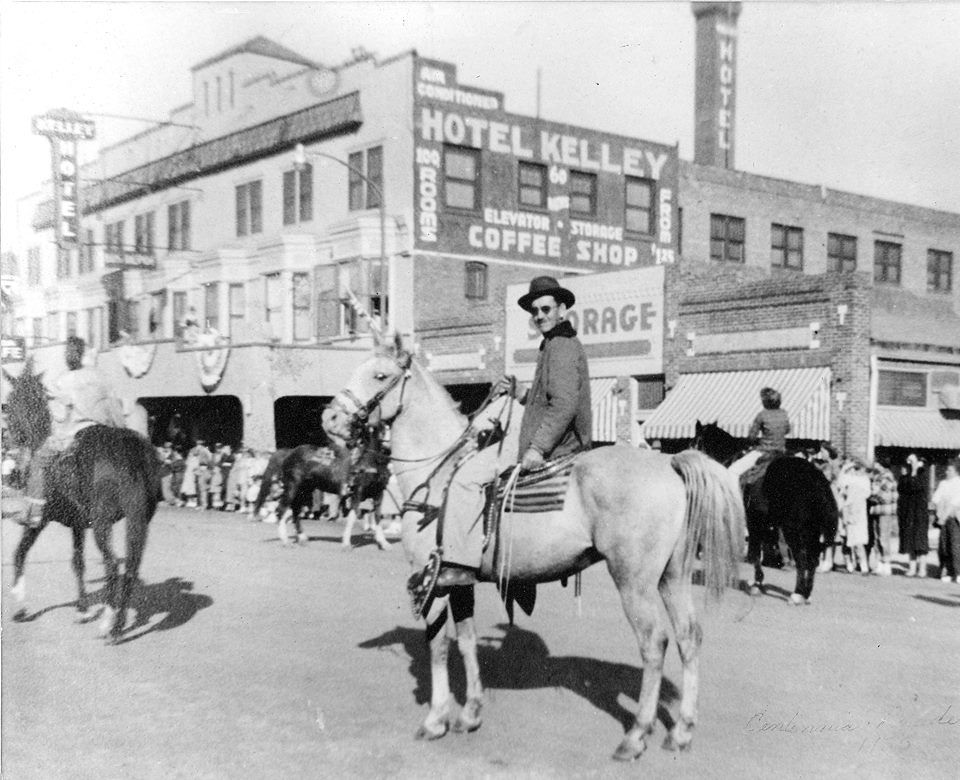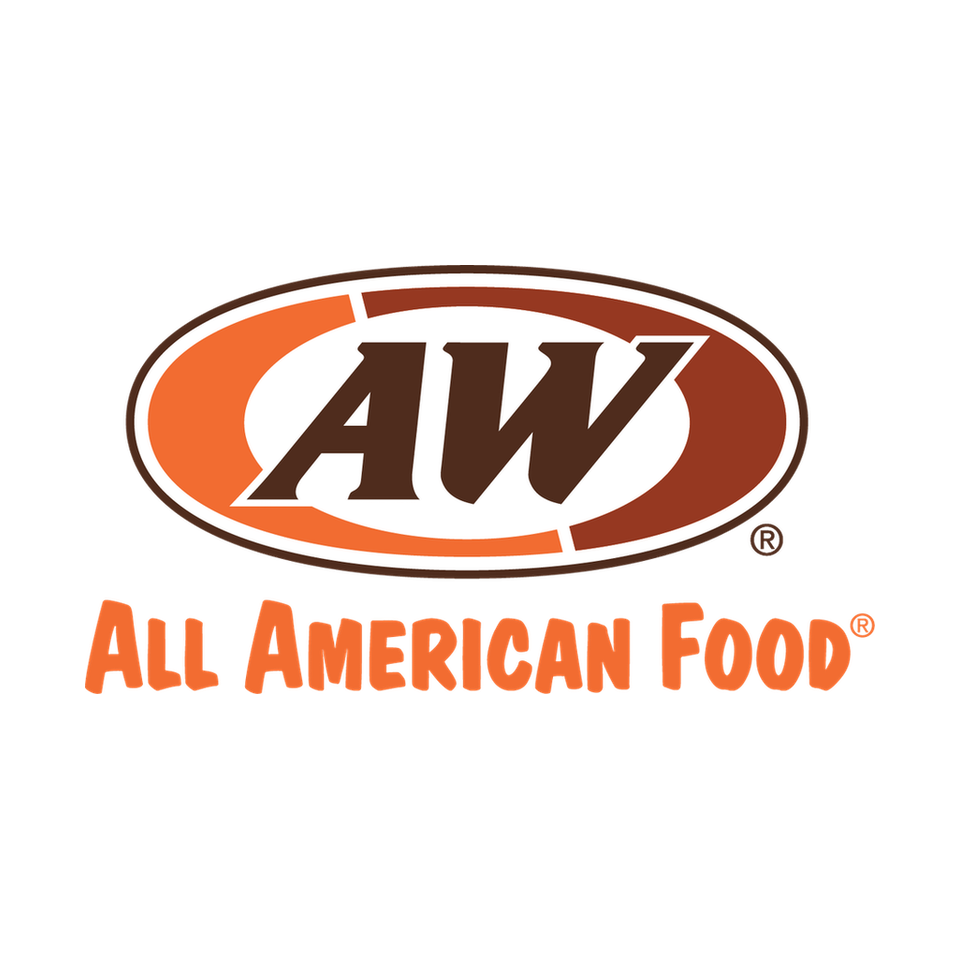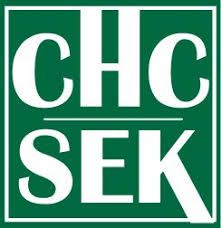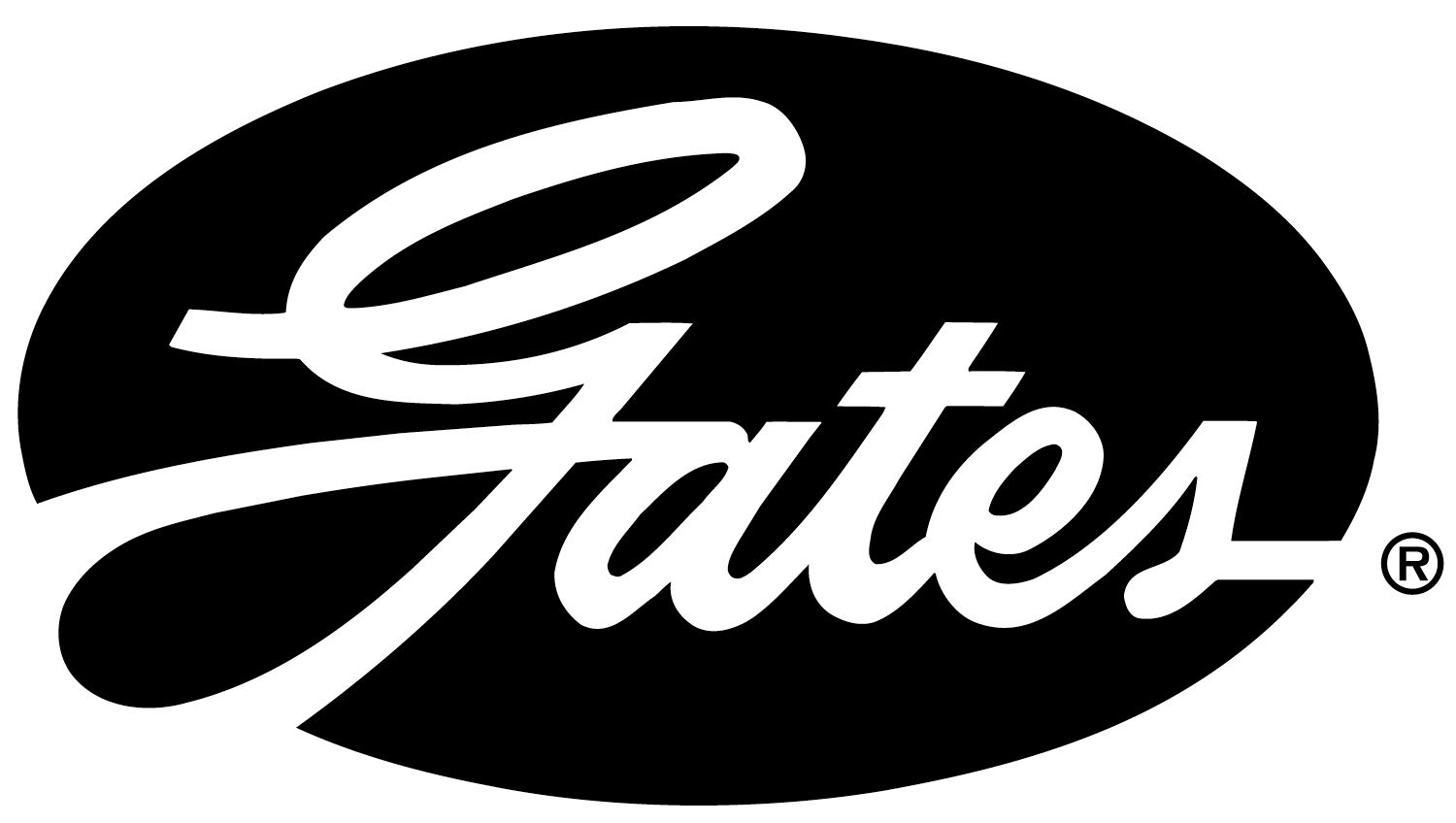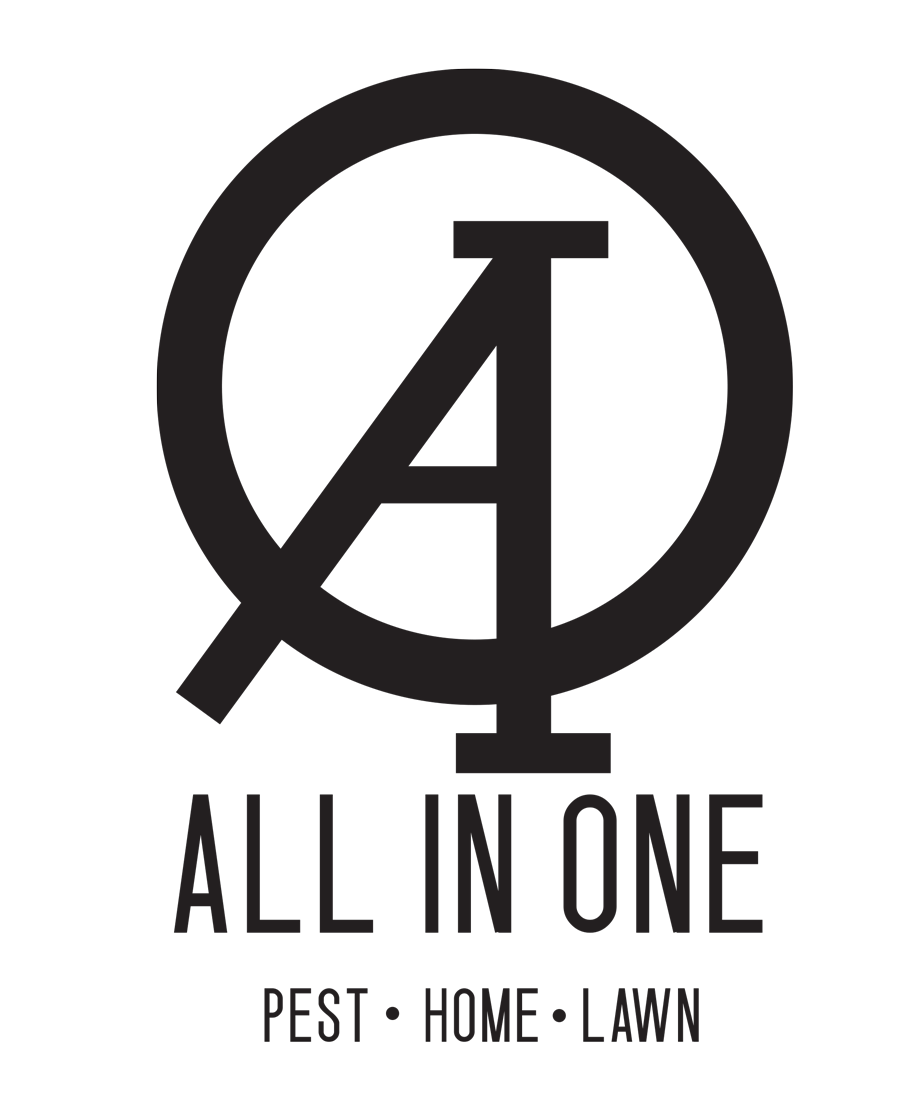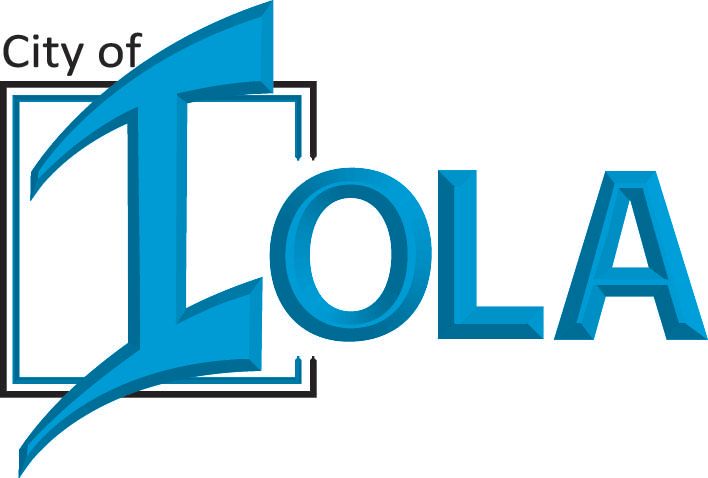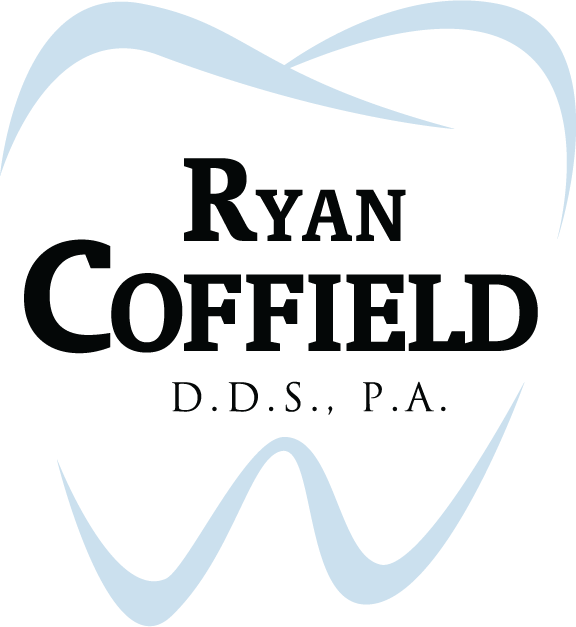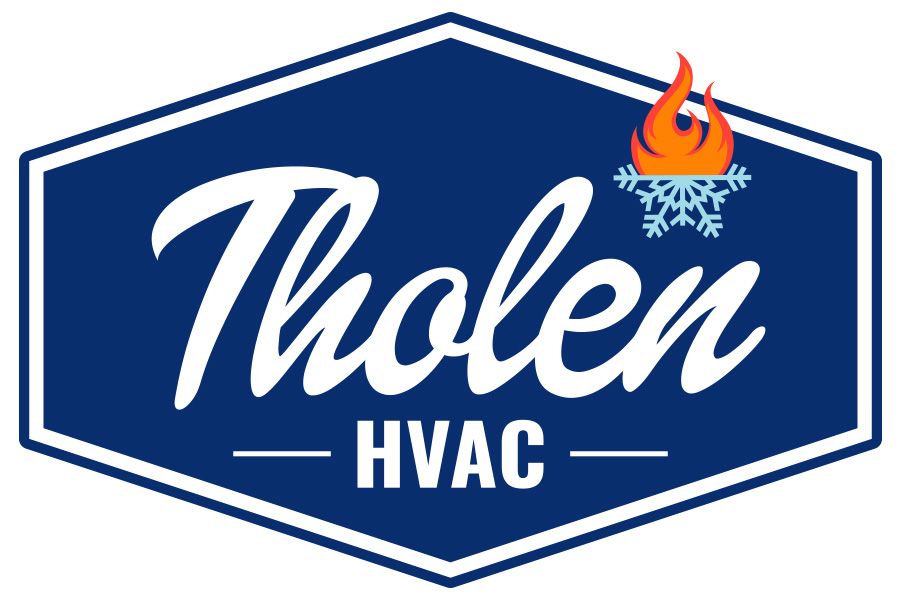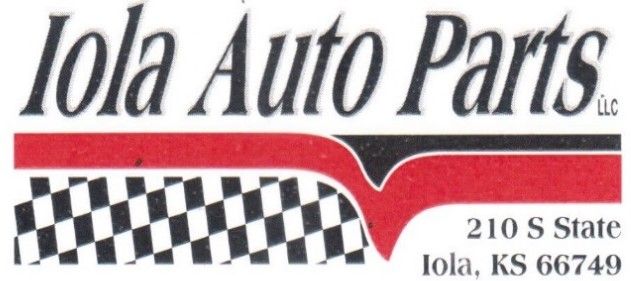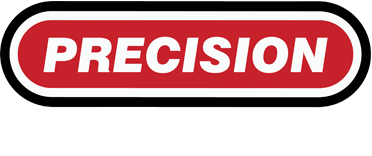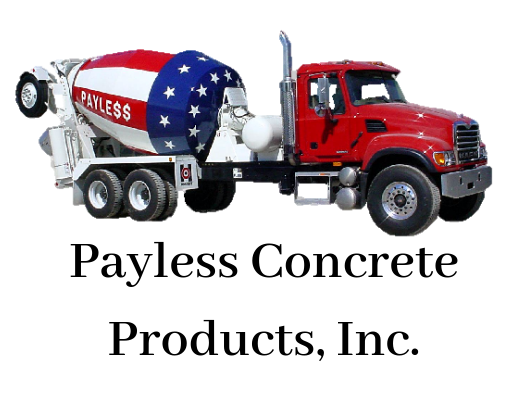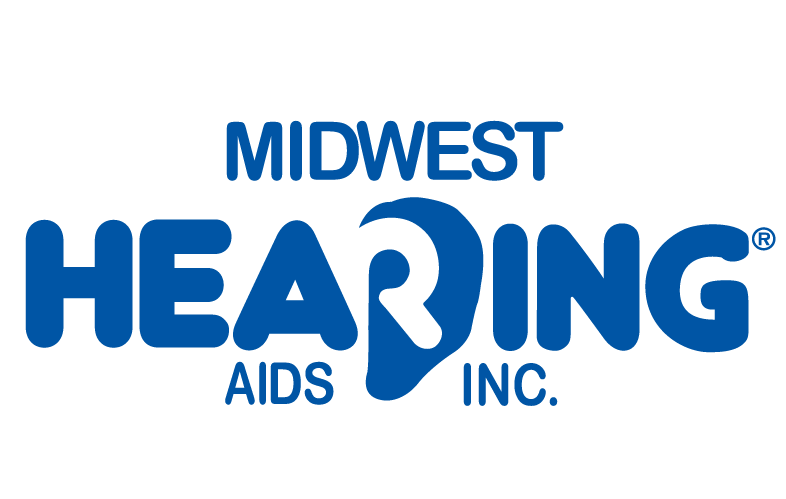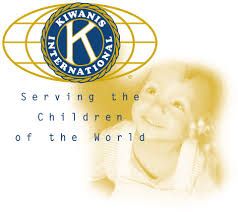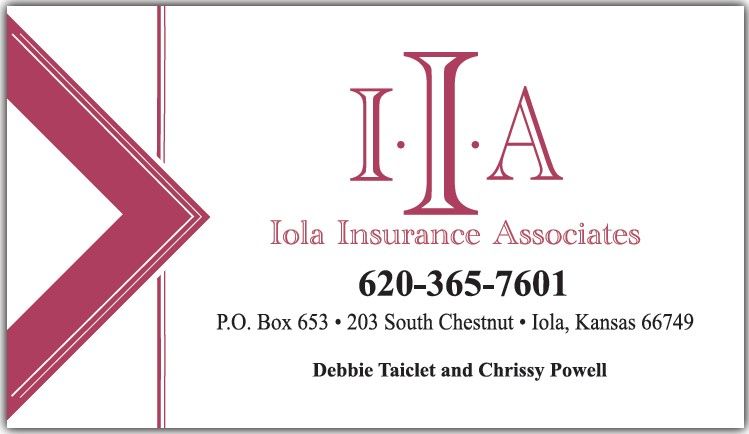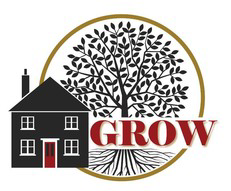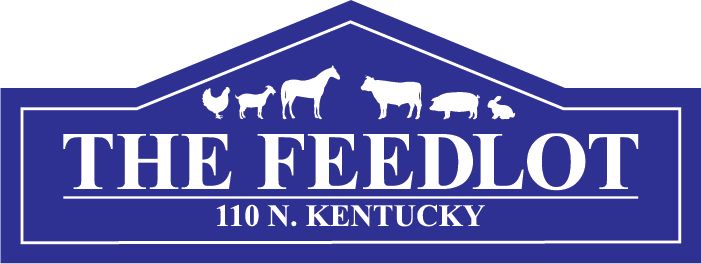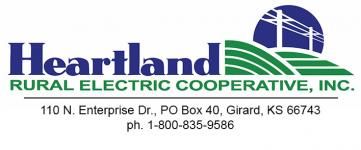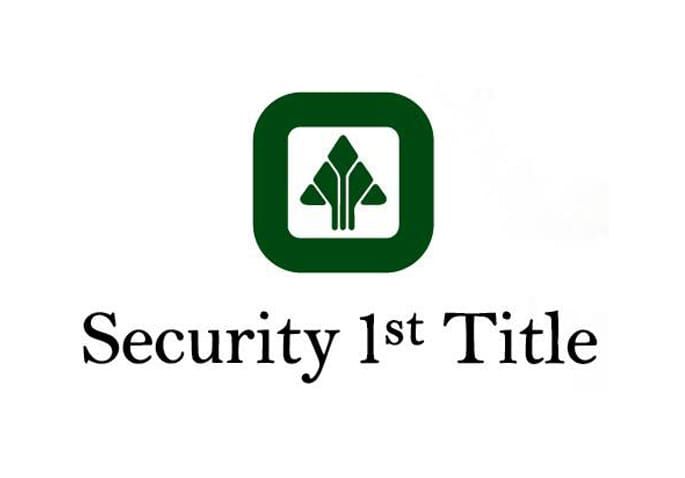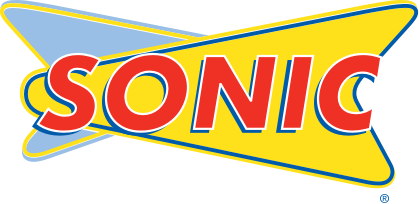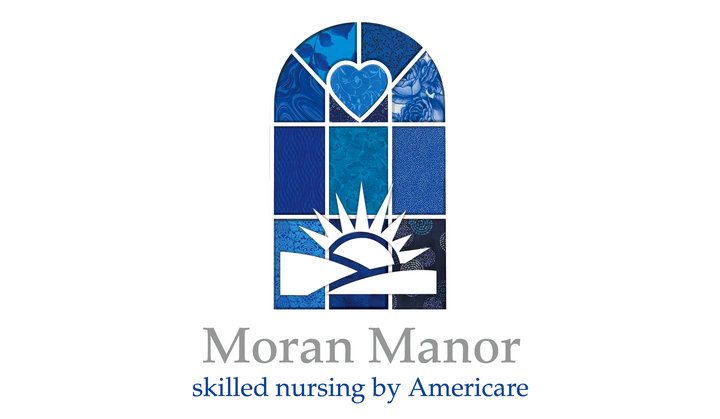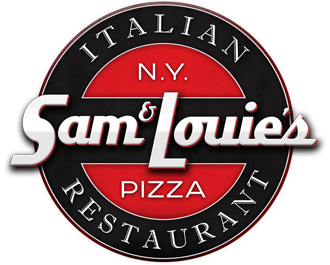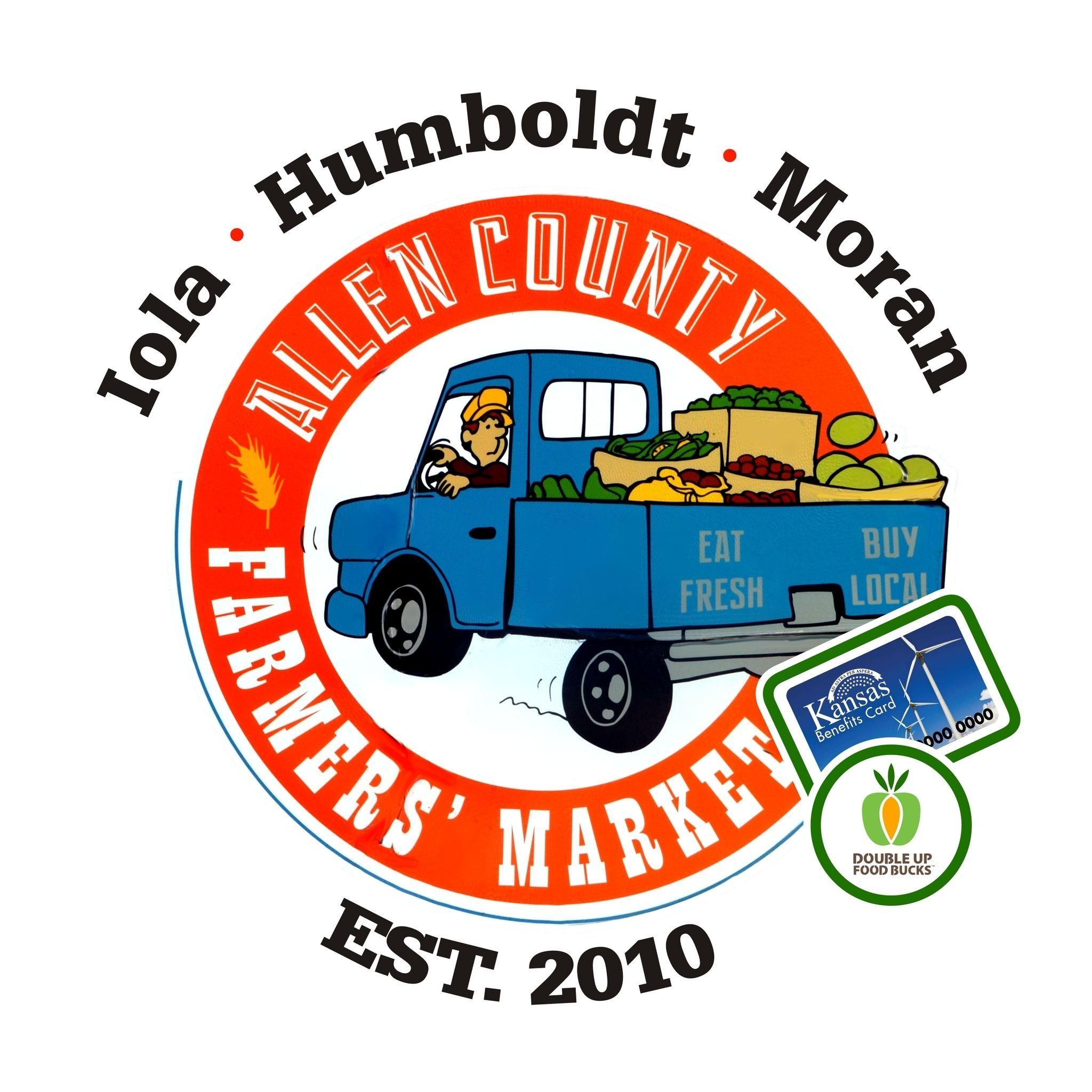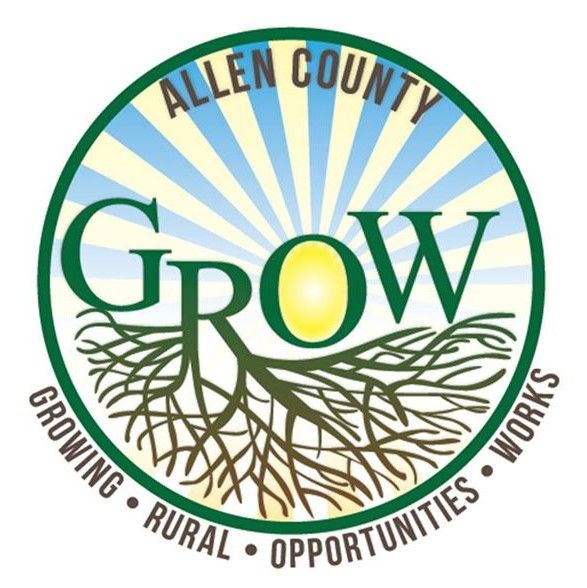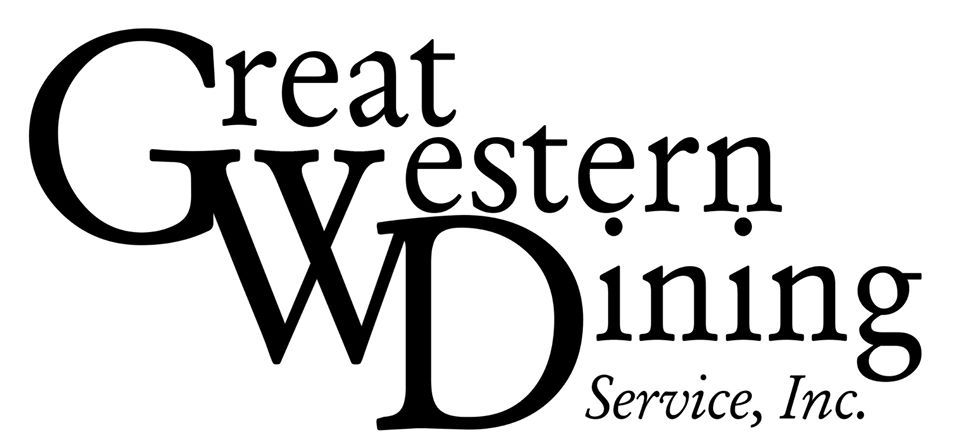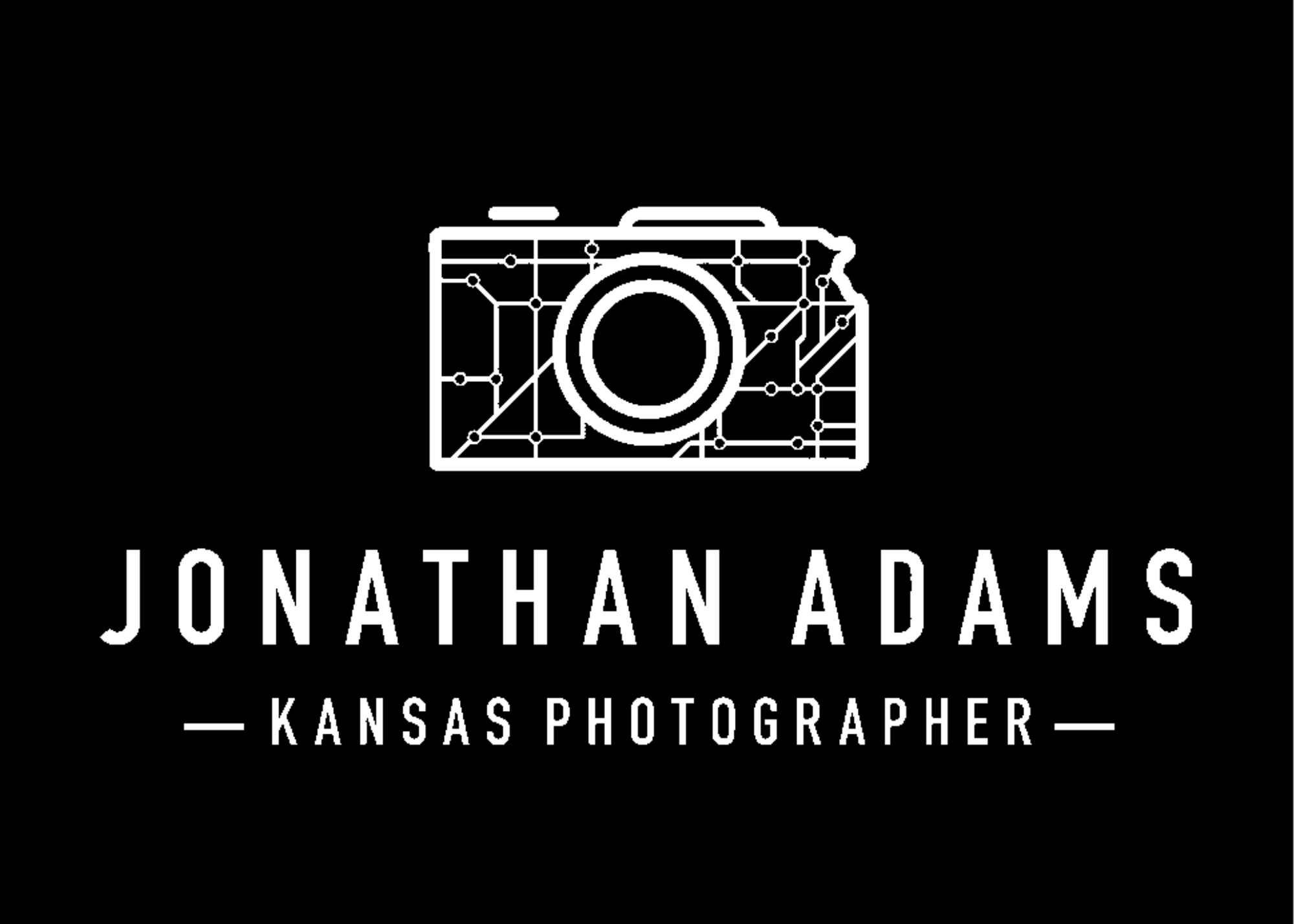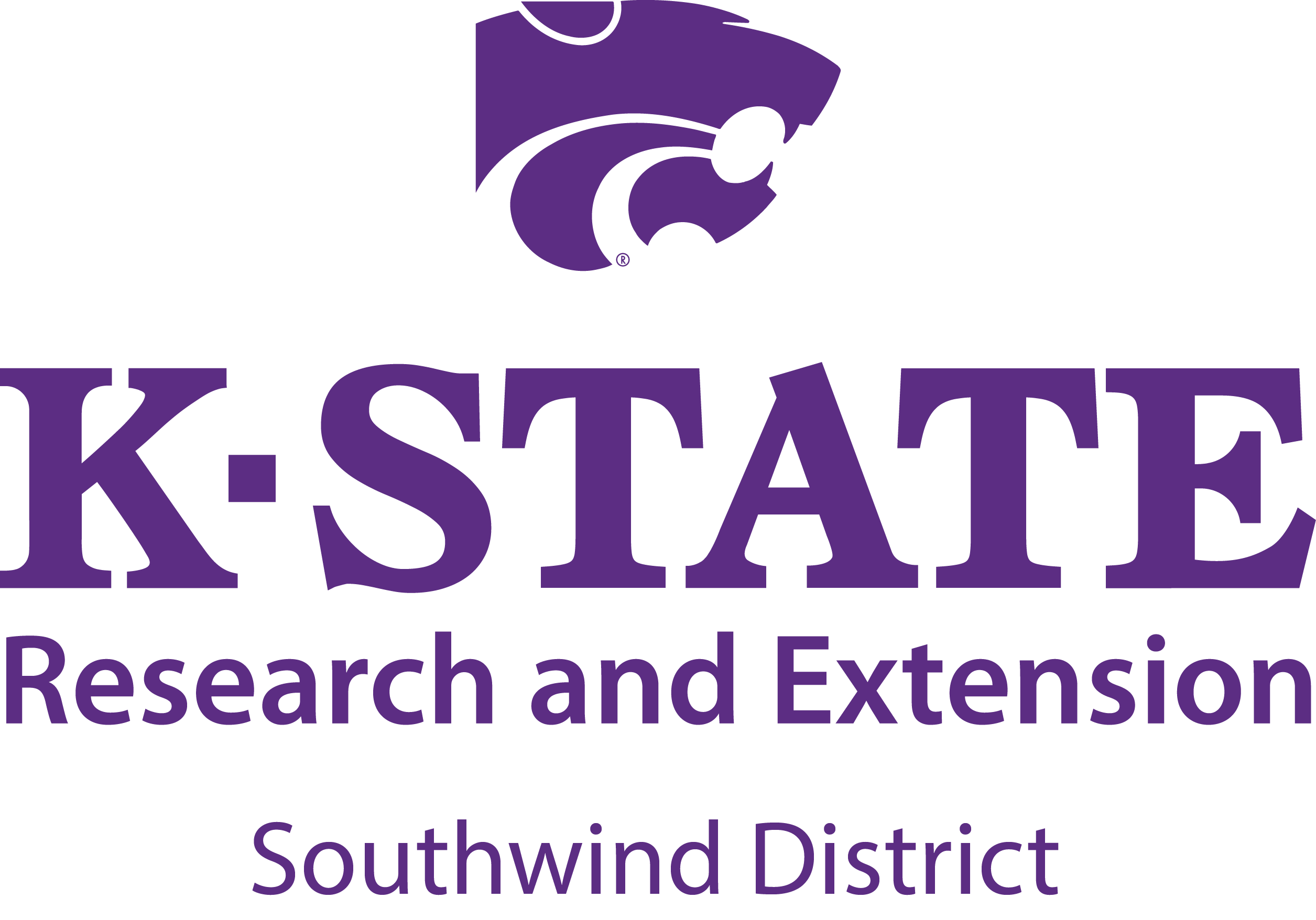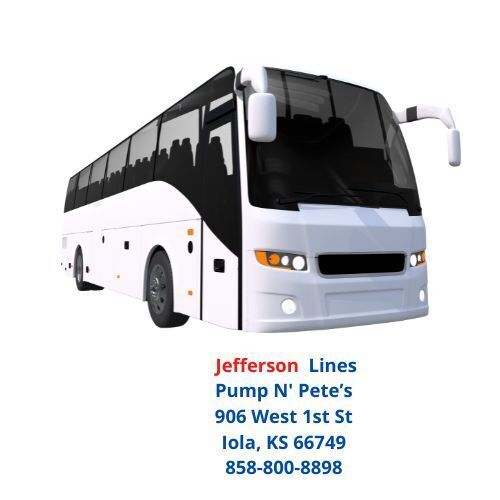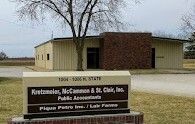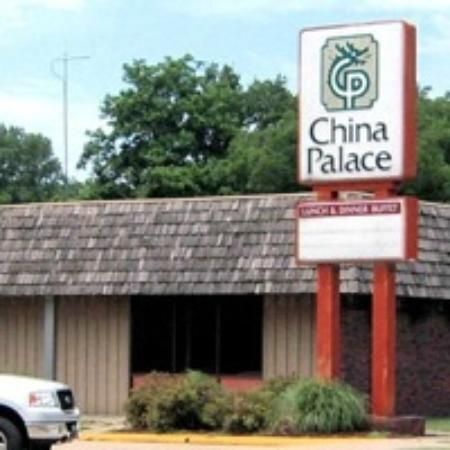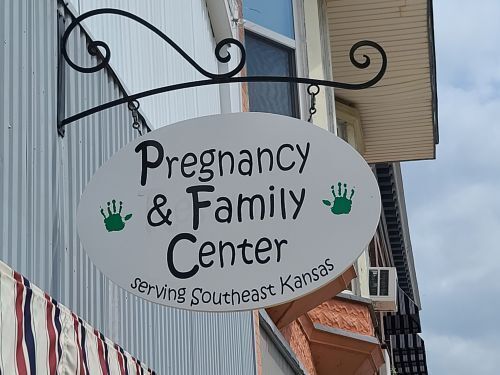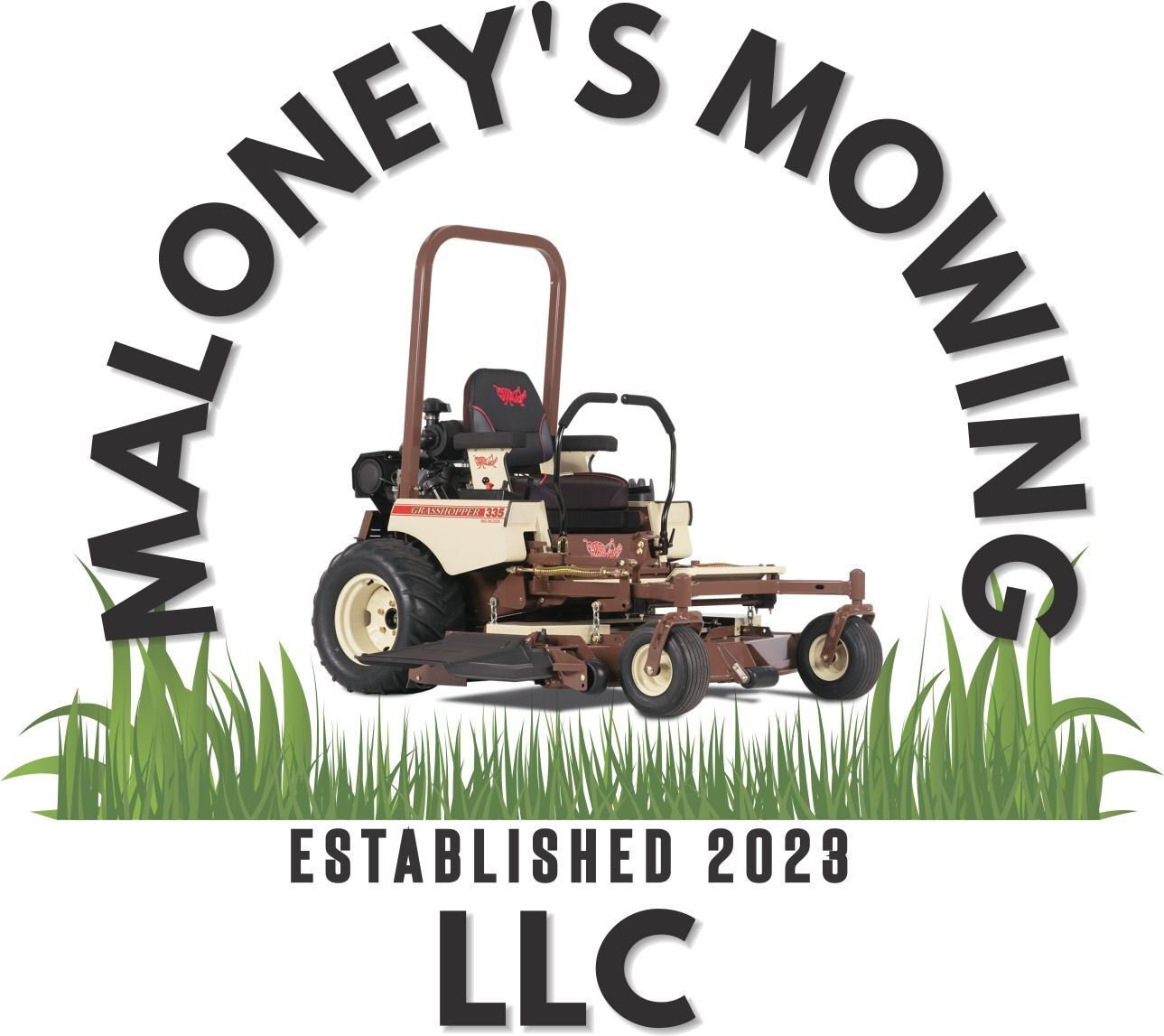Iola’s Beginning
In 1858, the legislature appointed Humboldt, Kansas, as the seat of Allen County. But for political and geographical reasons, county residents expressed large dissatisfaction over this decision. As a result, many of the residents discussed creating a new town with the intention of stealing away the county seat.
In early 1859, a large group of county citizens gathered to discuss plans for the new town. They bought the claims on two quarter sections, which they then had surveyed into lots. People proposed several town names, but votes ultimately decided the name of Iola in tribute of Iola Colborn--the wife of Mr. Josiah F. Colborn who built the first frame-style home in the area and who had owned part of the purchased claims.
Iola’s Growth
In 1859, the town experienced a lot of firsts--the first Iola town residents (Josiah and Iola Colborn), the first birth (Luella Colborn), the first church service, the first two stores, the first hotel and the first post office. A dry goods store, grocery store, clothing store and drug store soon followed in the spring and summer of 1860. But severe drought slowed improvements in late 1860, and when war broke out in 1861, almost every able-bodied man enlisted in the army. War violence and unrest brought improvements to a halt as people struggled to survive.
But when the war ended in 1865 and men returned home, life turned upward again. In May 1865, Iola was finally voted as the Allen County seat. The town improved steadily through 1870 when it was incorporated as a city. But local and national misfortunes stagnated the town for the next twenty-five years until natural gas was discovered in 1895. Growth surged in population and expansion. In just nine years, from 1895 to 1904, Iola exploded from a population of 1,567 to over 11,000.
This rapid growth brought many of the historic homes and buildings that still stand today. The town built a water plant and an electric generation plant. It paved its streets, built schools and increased in prosperity. Over time, however, the natural gas started running out. Industries like the smelters left for richer opportunities.
During the Depression-era New Deal projects, Iola received updated improvements. The town received the Riverside Park complex, new schools, new businesses and homes, and upgraded streets and utilities. After World War 2, Iola further expanded its utilities, improved its water purification system, repaved streets, and built additional businesses and homes, a new hospital, and the National Guard Armory.
Iola Today
Since the 1970’s and 1980’s, Iola’s industry has fluctuated. Some of its initial companies have faced decline, while other new companies have entered the community, such as Gates Rubber Company, Tramec LLC and Russell Stover’s.
In 2011, serious floods swept through Southeast Kansas and wiped out Iola’s southern section. This caused a significant decrease in population. As of the 2018 census, Iola’s population sits at 5,312.
Despite changes over the years, Iola remains a town that strives toward improvement. It hosts some of best-maintained downtown buildings of Southeast Kansas, while its elaborate trails system, the Bowlus Fine Arts Center, and community events like Farm City Days work to draw visitors to the area. Iola looks forward to a future with additional improvements and opportunities for its community.
-
 Allen County Regional Hospital| St. Luke's Health System
Allen County Regional Hospital| St. Luke's Health System -
 The New Klein Lumber
The New Klein Lumber -
 CASA
CASA -

-

-
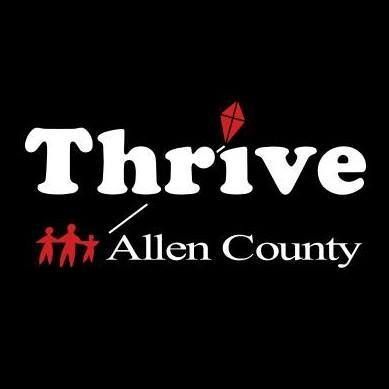 Thrive Allen County
Thrive Allen County -
 Peerless CAG
Peerless CAG -
 Russell Stovers Chocolates
Russell Stovers Chocolates -
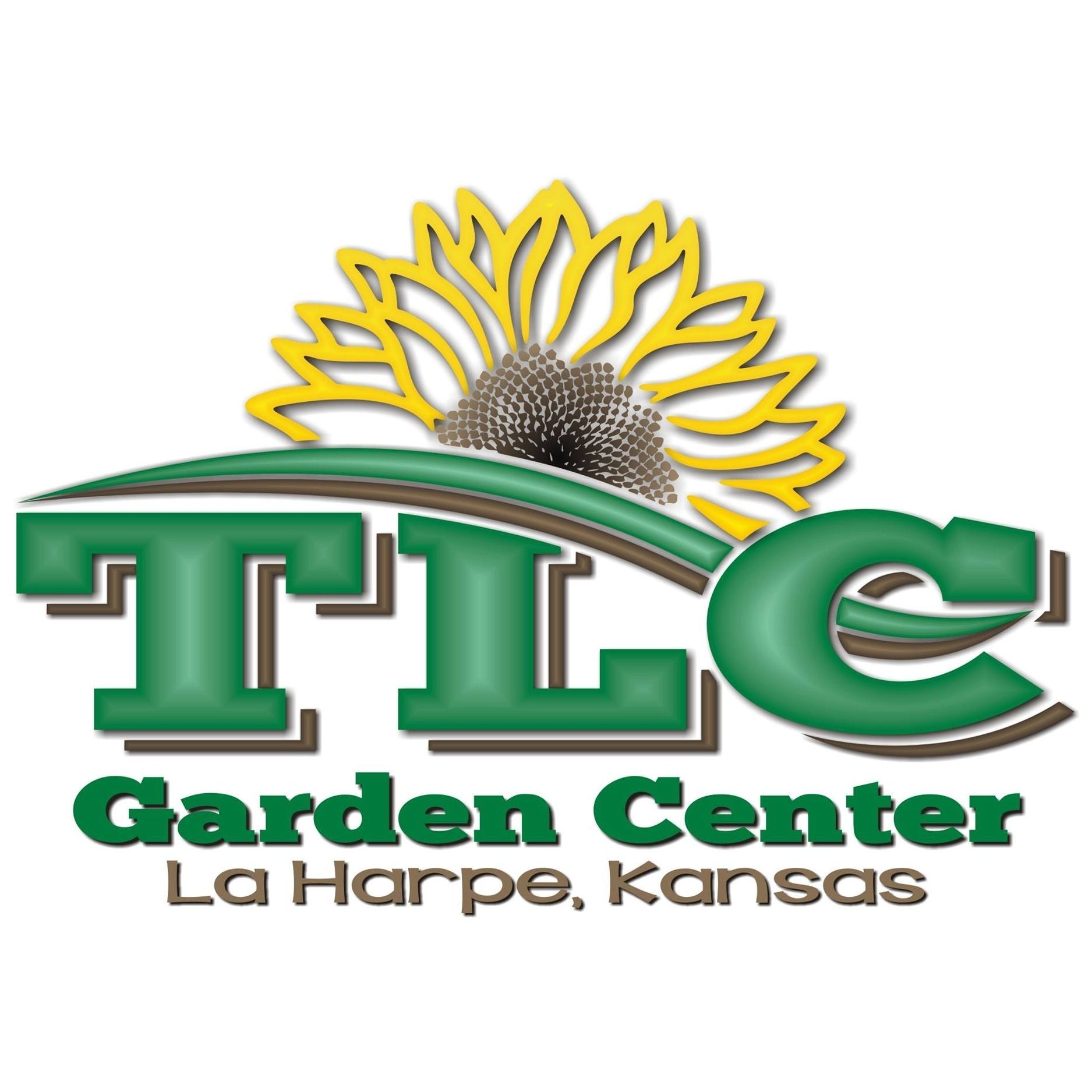 TLC Garden Center
TLC Garden Center -
 Names and Numbers
Names and Numbers -
 Audacious Boutique
Audacious Boutique -
 April Kroenke Photography
April Kroenke Photography -
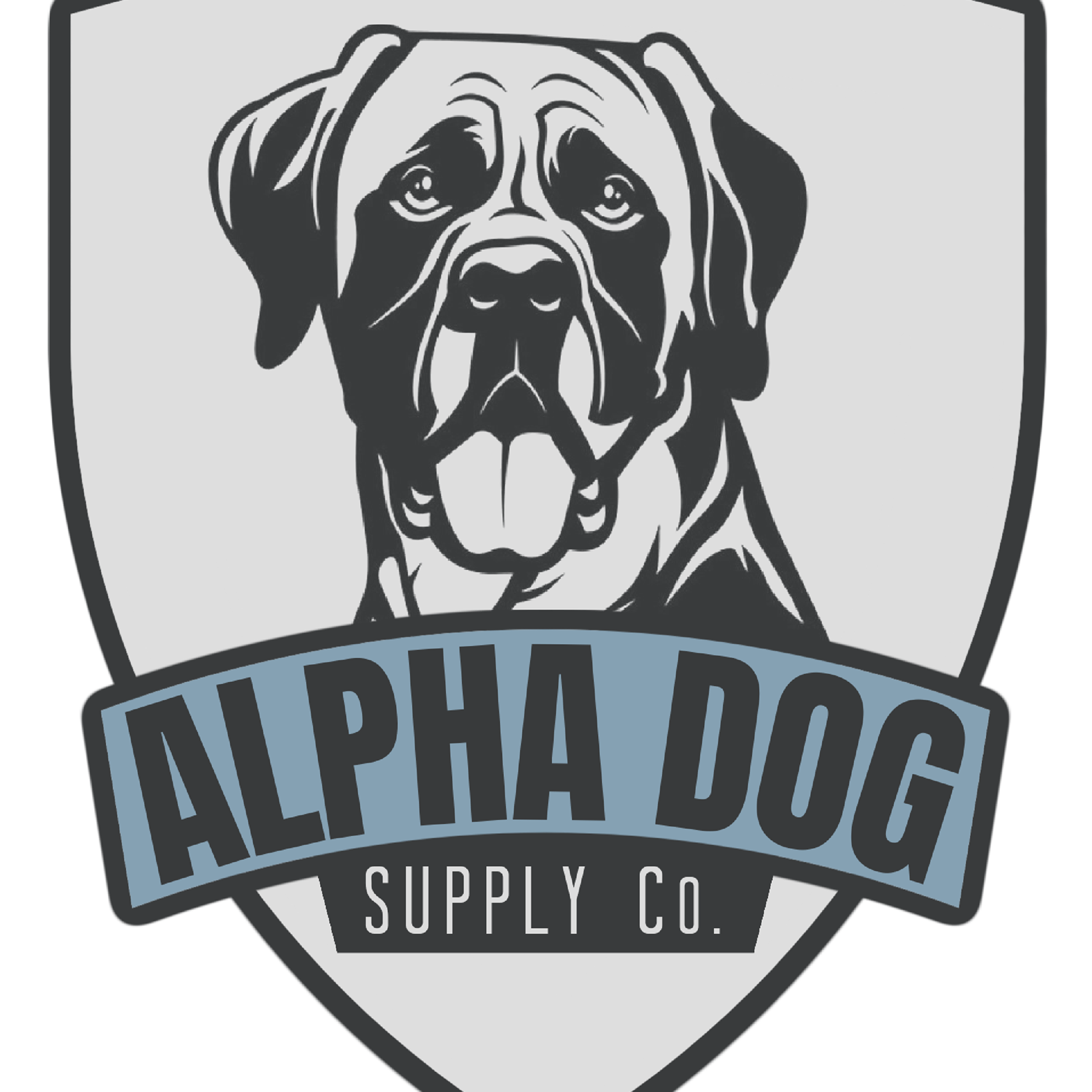 Alpha Dog Supply
Alpha Dog Supply -

-

-
 T Mobile
T Mobile -
 SEK Mental Health
SEK Mental Health -

-
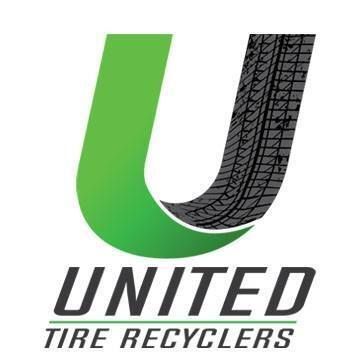 United Tire Recyclers
United Tire Recyclers -
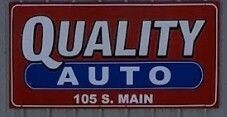 Quality Automotive
Quality Automotive -
 Rural Asset Group
Rural Asset Group -
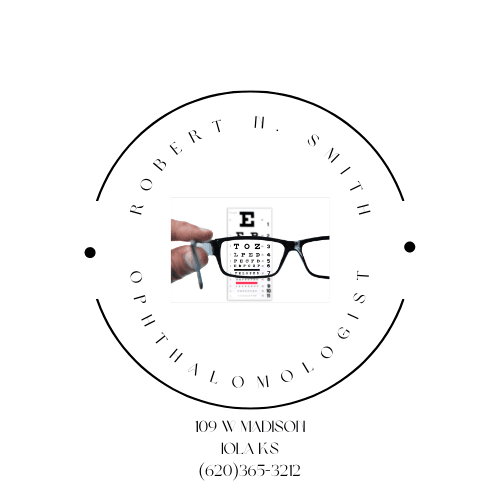 Dr. Robert N Smith O.D,
Dr. Robert N Smith O.D, -
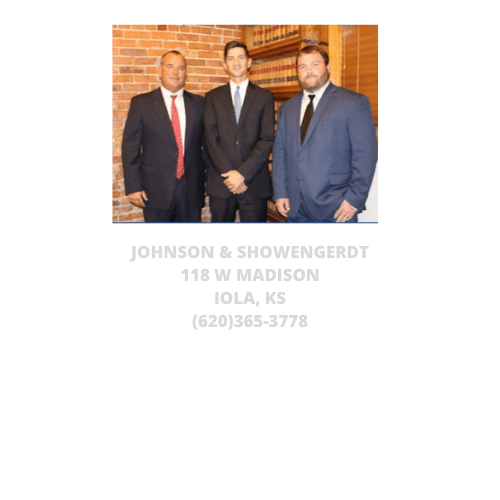 Johnson Schowengerdt PA
Johnson Schowengerdt PA -
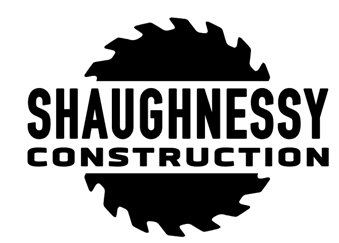 Shaughnesssy Construction
Shaughnesssy ConstructionConstruction Company specializing in building homes.
-
 Wild Bloom Coffee
Wild Bloom Coffee -
Since opening in 1985, 37 years here in Iola, our only purpose has been to provide freshly cooked Asian Cuisine and the warmest service to our customers and community. The owner is the Chef with 43 years experience since he learned how to cook in his family friend's European fine Chinese restaurant. Chef believes good food keeps the body in balance and works holistically to serve the health and wellness of each customer by consistently seeking to improve the dishes while serving home-made fresh and healthy authentic Asian foods. Visit China Palace soon!
-
 Iola Public Library
Iola Public Library -
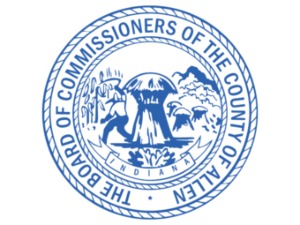 Allen County Commissioners
Allen County Commissioners -
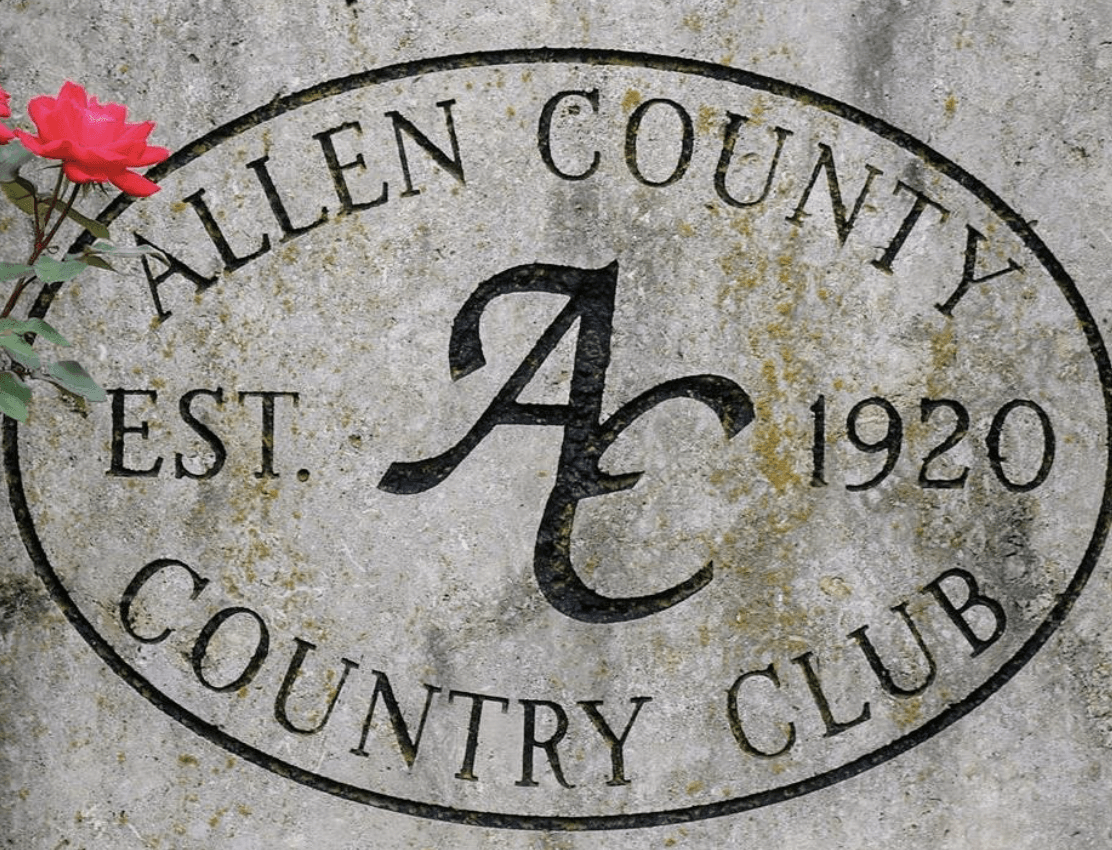 Allen County Country Club
Allen County Country Club -
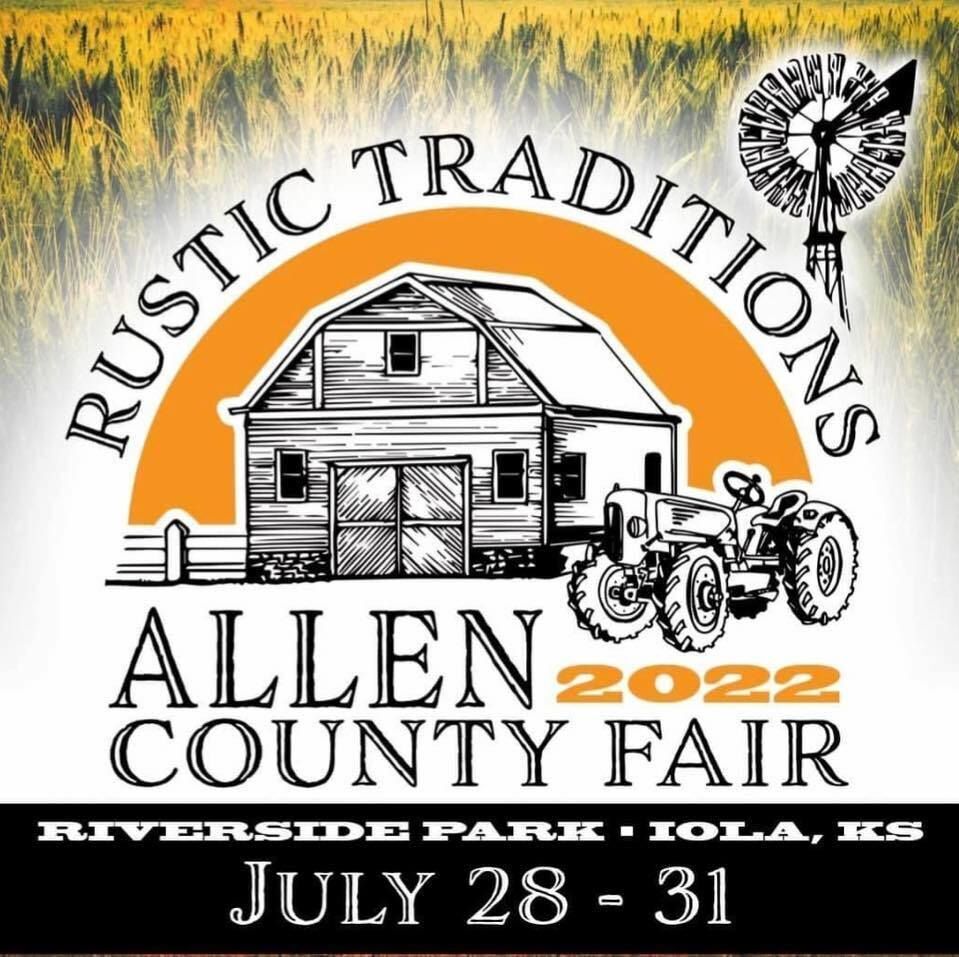 Allen County Fair Association
Allen County Fair Association -
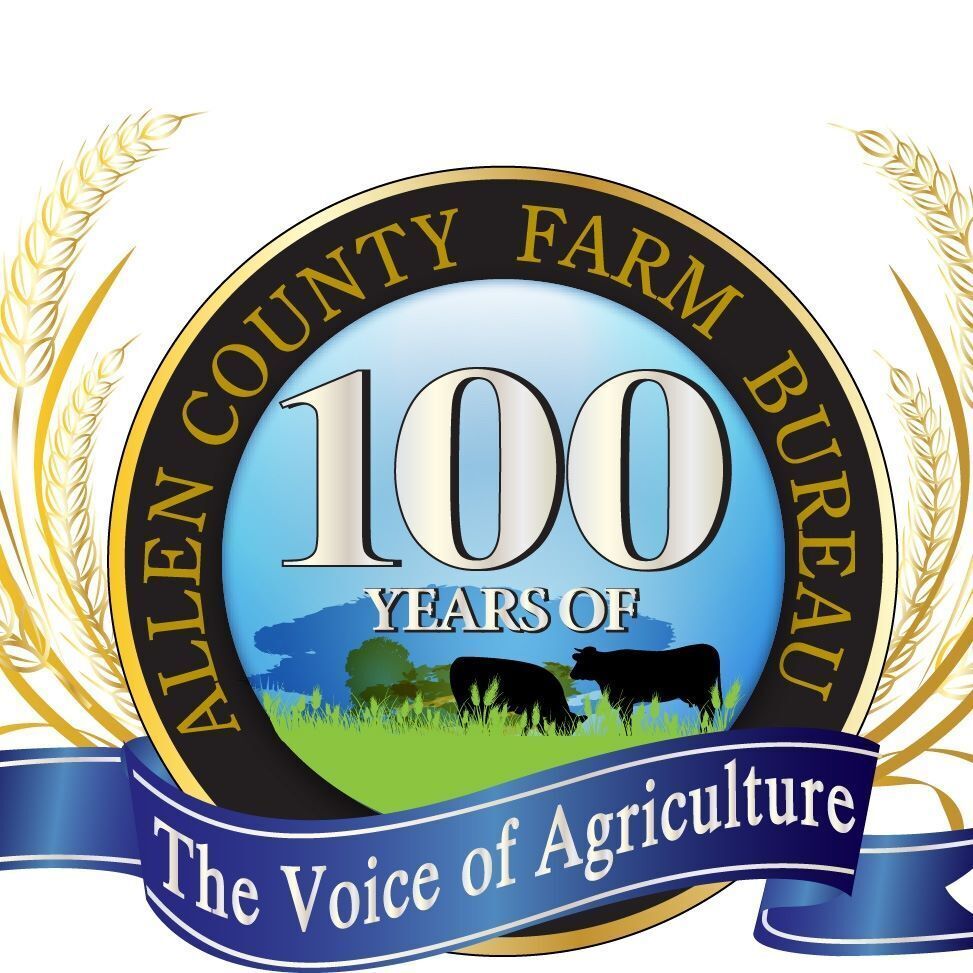 Allen County Farm Bureau Association
Allen County Farm Bureau Association -
 ACMAT
ACMAT -
 Capper Jewelry
Capper Jewelry -
 Dale's Sheet Metal
Dale's Sheet Metal -
 In Step Dance Academy
In Step Dance Academy -
 Infinity Real Estate
Infinity Real Estate -
 CDL Electric
CDL Electric -
 Jock's Nitch
Jock's Nitch -
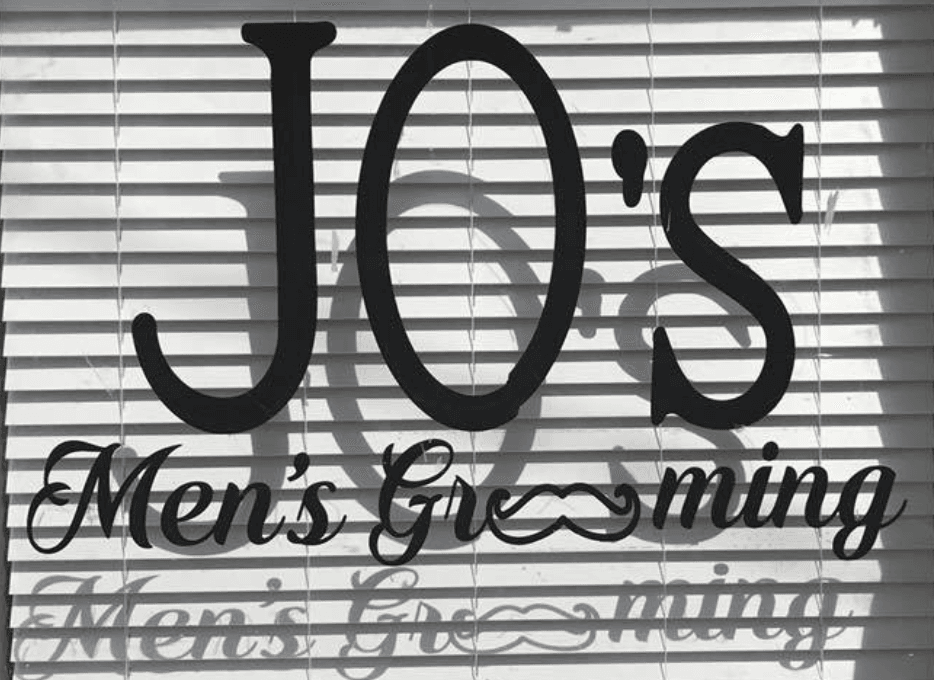 Jo's Men's Grooming
Jo's Men's Grooming -
 Max Grundy Designs
Max Grundy Designs -
 Iola RV Park & Storage
Iola RV Park & Storage -
 Wavelengths US Cellular
Wavelengths US Cellular -
 Westco
Westco -
 Yates Center Health & Rehab
Yates Center Health & Rehab -
The mission of the Pregnancy Resource Center is to offer life-affirming support through education and services to the communities of Southeast Kansas.
We offer:
HELP to those involved in a planned or unplanned pregnancy;HOPE with education on subjects that affect teens and young adults;
HEALING to those who have made negative choices by sharing the positive things they can do to change their future.
PRCSEK is committed to assisting pregnant women to carry their babies to term by providing emotional support and practical assistance.
PRCSEK reaches out to the families who need a helping hand with special needs children, the rebellious child, and teens growing up thru life changes.
Single and married parents will receive emotional support and instruction for the everyday living of their families and the community. Therefore, they can face the future with hope and plan constructively for themselves and their children.
PRCSEK's goal is to touch lives with family building blocks.
Location Directions
LOCATION
1 South Jefferson Ave
Iola, KS 66749Hours of Operation
HOURS
M-W-F: 9 AM - 12 PM
Tues: 3 PM - 7PM -
As a part of K-State Research and Extension, Southwind District programs present educational information and programming related to agriculture and natural resources, family and consumer sciences, 4-H youth development, and community vitality.
We serve the people of Allen, Bourbon, Neosho and Woodson Counties and have offices in each of those counties.
Our philosophy is to help people help themselves by taking university knowledge to where people live, work, and play. We work at being resonsive to the needs of the people by focusing our resources on providing quality information, education, and problem-solving for real concern. The information we provide is research-based and unbiased.
Our Mission...
"We are dedicated to a safe, sustainable, competitive food and fiber system and to strong, healthy communities, families and youth through integrated research, analysis and education."
Our Vision...
K-State Research and Extension is committed to expanding human capacity by delivering educational programs and technical information that result in improved leadership skills in the areas of communication, group dynamics, conflict resolution, issue analysis, and strategic planning that can enhance the economic viability and quality of life in communities.
-
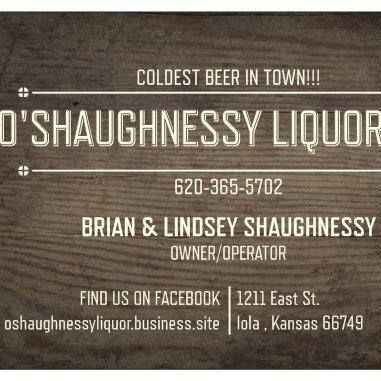 O'Shaughnessy Liquor, LLC
O'Shaughnessy Liquor, LLC -
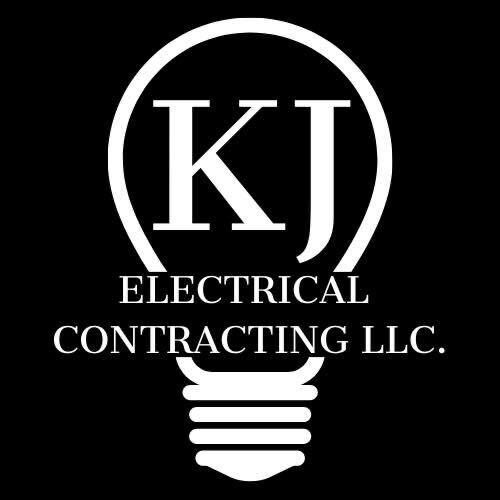 KJ Electrical Contracting LLC
KJ Electrical Contracting LLC -
 SEK-CAP
SEK-CAP -
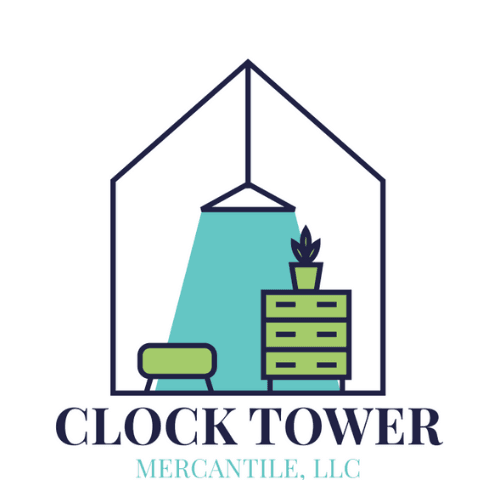 Clock Tower Mercantile
Clock Tower Mercantile -
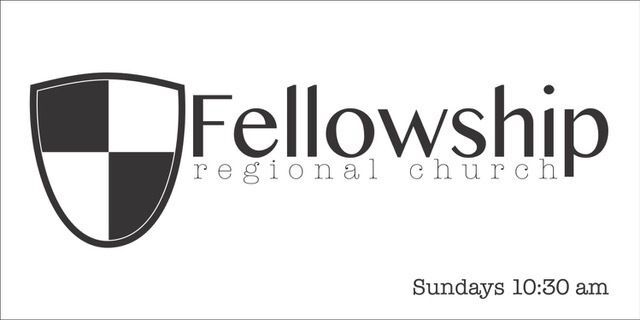 Fellowship Christian Church
Fellowship Christian ChurchFRC is a nondenominational, Bible believing church. We want to impact our community with the truth of the Gospel by loving those who are in need, speaking the truth of God's word, and honoring Jesus Christ as the King of heaven and earth.
-
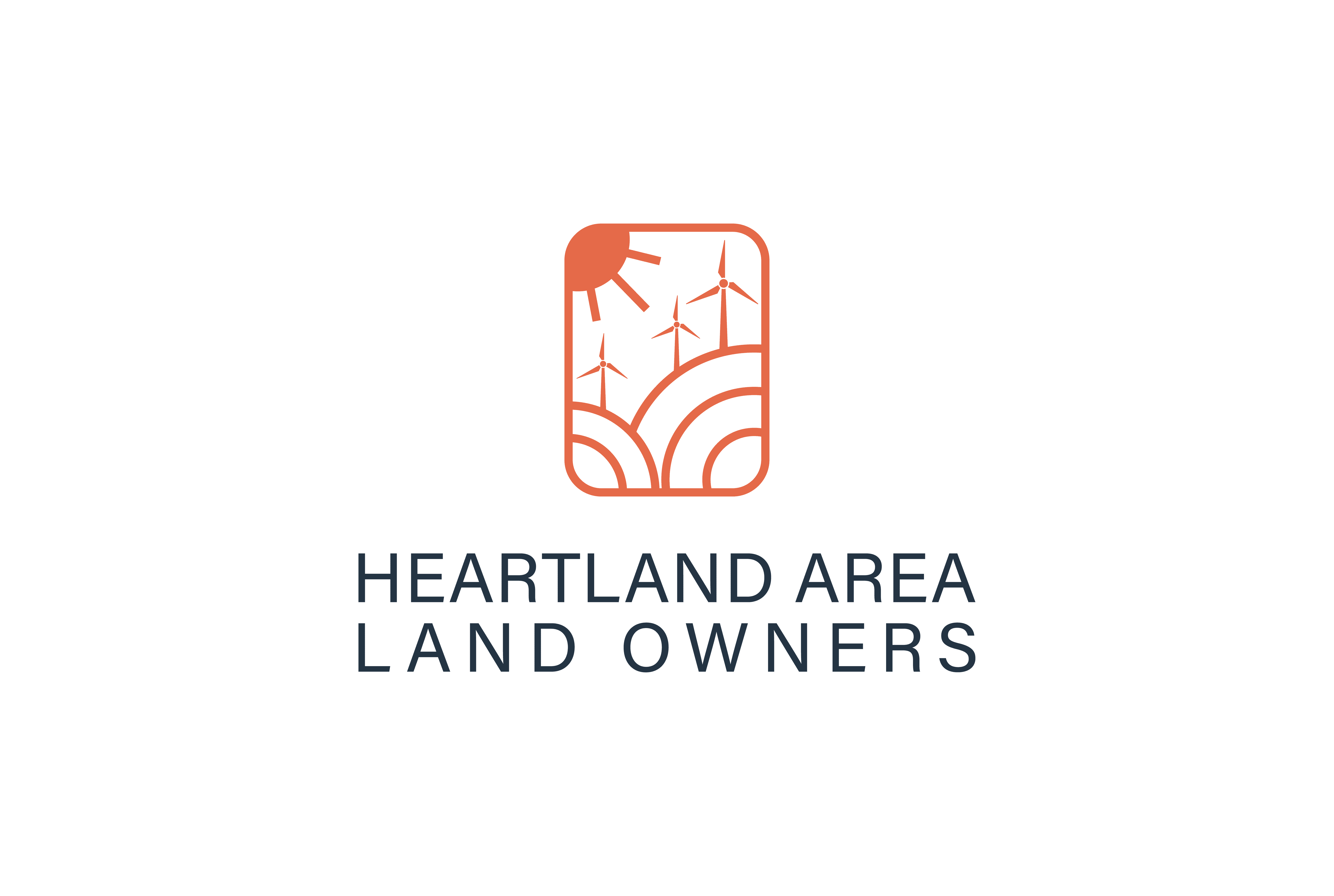 Heartland Area Land Owners
Heartland Area Land OwnersHeartland Area Land Owners (HALO) seeks to organize, educate, and engage member landowners to better advocate for their own land use priorities. Our landowner members are passionate about their land, our world, and stewarding the resources that feed America and power its economy.
-
 The Mat
The MatAn old School full service Laundry mat. Open 24/7.
-
 Ad Astra Radio
Ad Astra RadioKIKS/KIOL
-
 Bank of Commerce
Bank of CommerceThe Piqua State Bank was organized in 1910 by L. C. Neimann. During that same year the Farmers State Bank was opened in Piqua by George Wille. In 1914, the Wille family purchased the Piqua State Bank and merged the two banks under the name of the Piqua State Bank. John Wille, George Willis's son, owned and managed the bank for the next 50 years.
The Bank was eventually purchased by Galen L. (Jack) Curry following his retirement from the Army. The Curry family has owned and operated the bank to this day. The bank is now the only locally owned locally operated bank in Woodson and Allen counties. Several Curry family members are employed by the bank and the bank continues to grow and prosper.
It is the mission of the Piqua State Bank to maintain the safety of the depositor's money, maximize profits for the stockholders, and have a positive impact on the community.
-
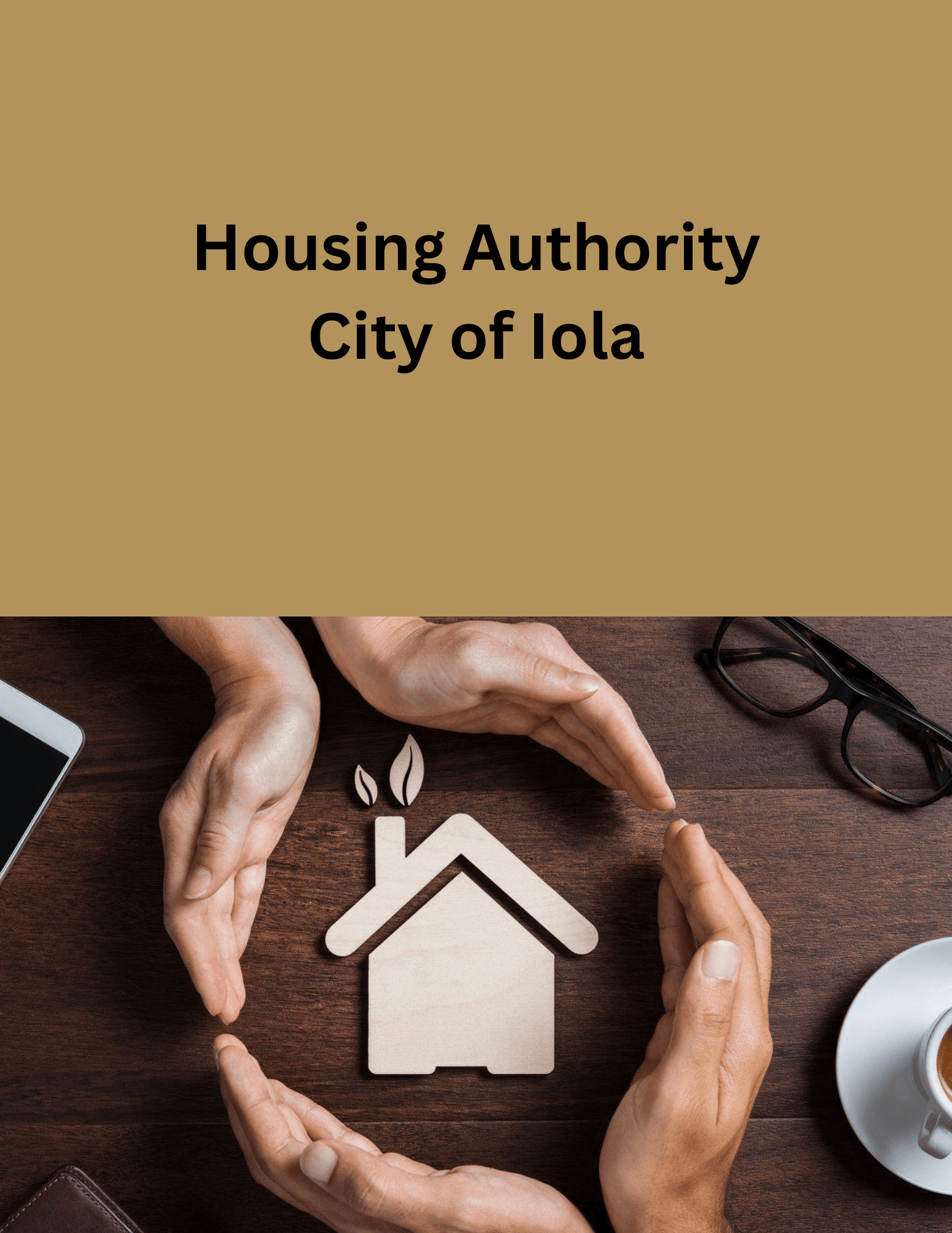 Housing Authority City of Iola
Housing Authority City of Iola -
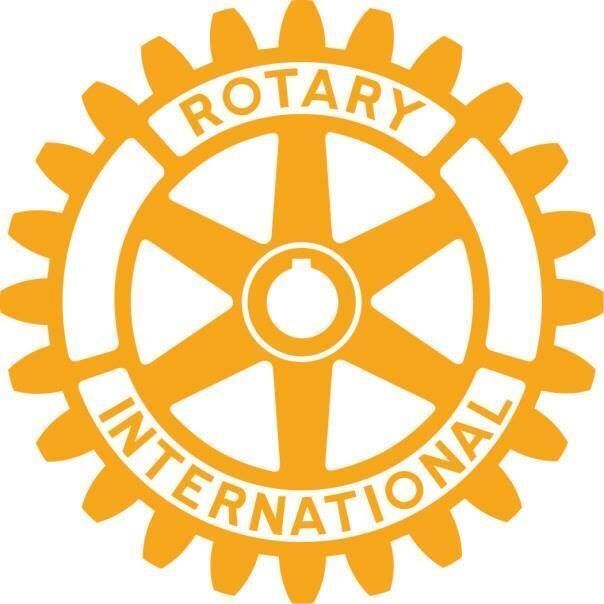 Iola Rotary Club
Iola Rotary ClubRotary is where neighbors, friends, and problem-solvers share ideas, join leaders, and take action to create lasting change.
We are 1.2 million passionate individuals in 35,000+ clubs worldwide. We are both an international organization and a local community leader. Together we lead change in our own backyards and across the world.
Mission
As signified by the motto Service Above Self, RotaryÆs main objective is service ù in the community, in the workplace, and throughout the world.The Rotary Foundation helps Rotarians put Service Above Self worldwide.The Foundation's main program is to eradicate polio. -
 Farm Bureau Financial Services-Agent Jason Dreher
Farm Bureau Financial Services-Agent Jason DreherThanks for visiting we look forward to getting to know you and understanding your goals. At Farm Bureau Financial Services, we are here to help you plan for what is to come, protect what matters most, and invest in your future. We offer a wide range of insurance and financial products including auto insurance, home insurance, life insurance, business insurance, farm and ranch insurance, financial planning services, investment planning, annuities, estate planning, college funding options and retirement planning. We are proud of our reputation for helping you in ways that smartphone apps and computer programs simply cannot.
-
 Saki Sushi and Hibachi
Saki Sushi and HibachiSaki Sushi and Hibachi Food Truck is ready to serve you authentic delicious Hibachi and Sushi dishes. Fresh food, authentic flavors served daily.
Hours of Operation:
Monday-Saturday 11am-8:30p
Sunday CLOSED -
 United Country Deere Creek Realty
United Country Deere Creek Realty -
 The United Methodist Church
The United Methodist Church -
The Humanity House is dedicated to bridging the disconnect in our community through acts of kindness and volunteerism.
-
 Cozy's Grindhouse
Cozy's Grindhouse -
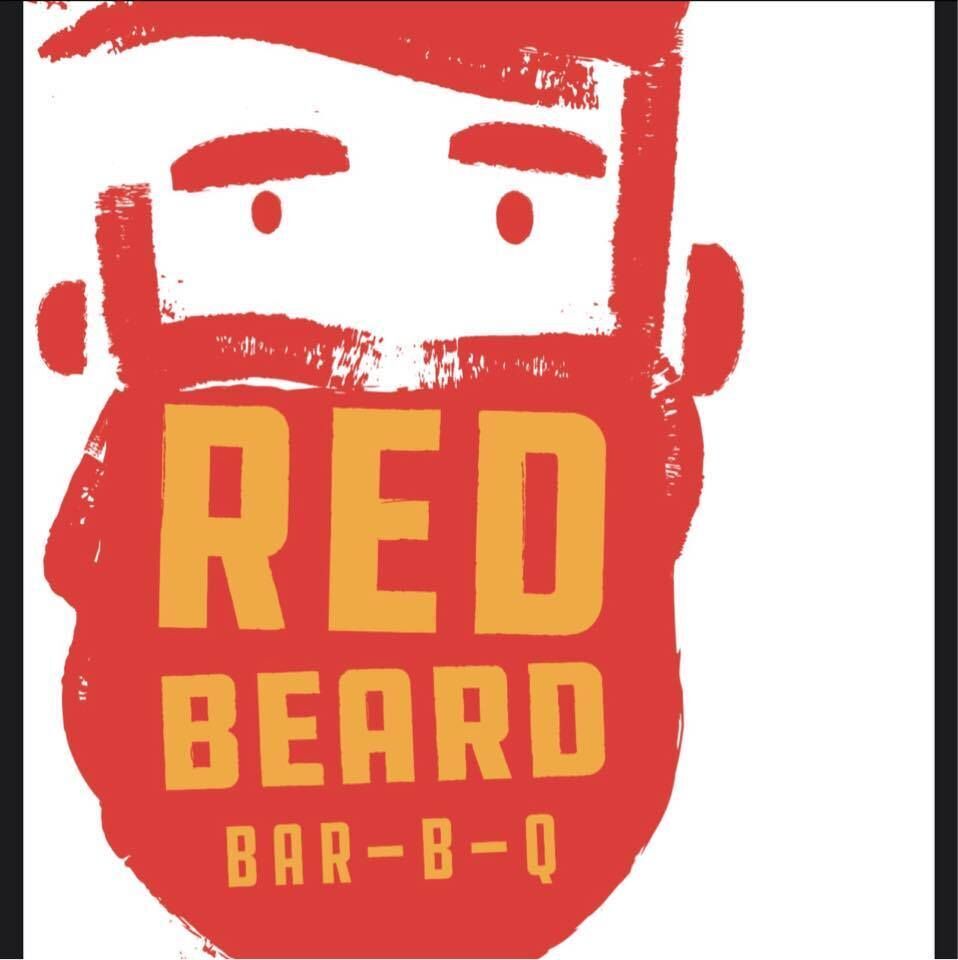 Red Beard BBQ
Red Beard BBQ -
 Engage to Empower
Engage to Empower -
 Pink Skies Boutique
Pink Skies Boutique -
 Salon Nyne
Salon Nyne -
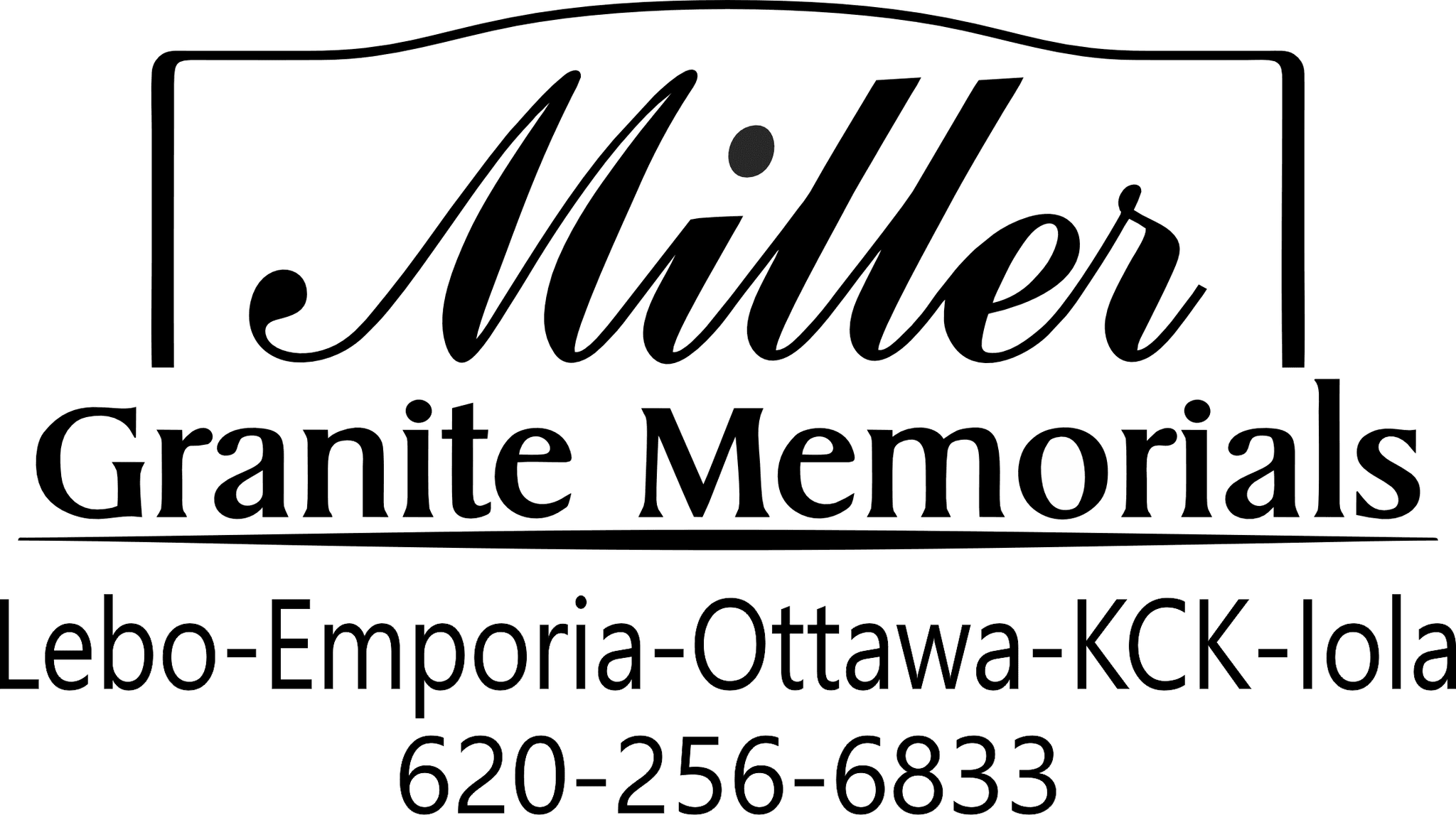 Reeble Monuments
Reeble Monuments -
 El Charro
El Charro -
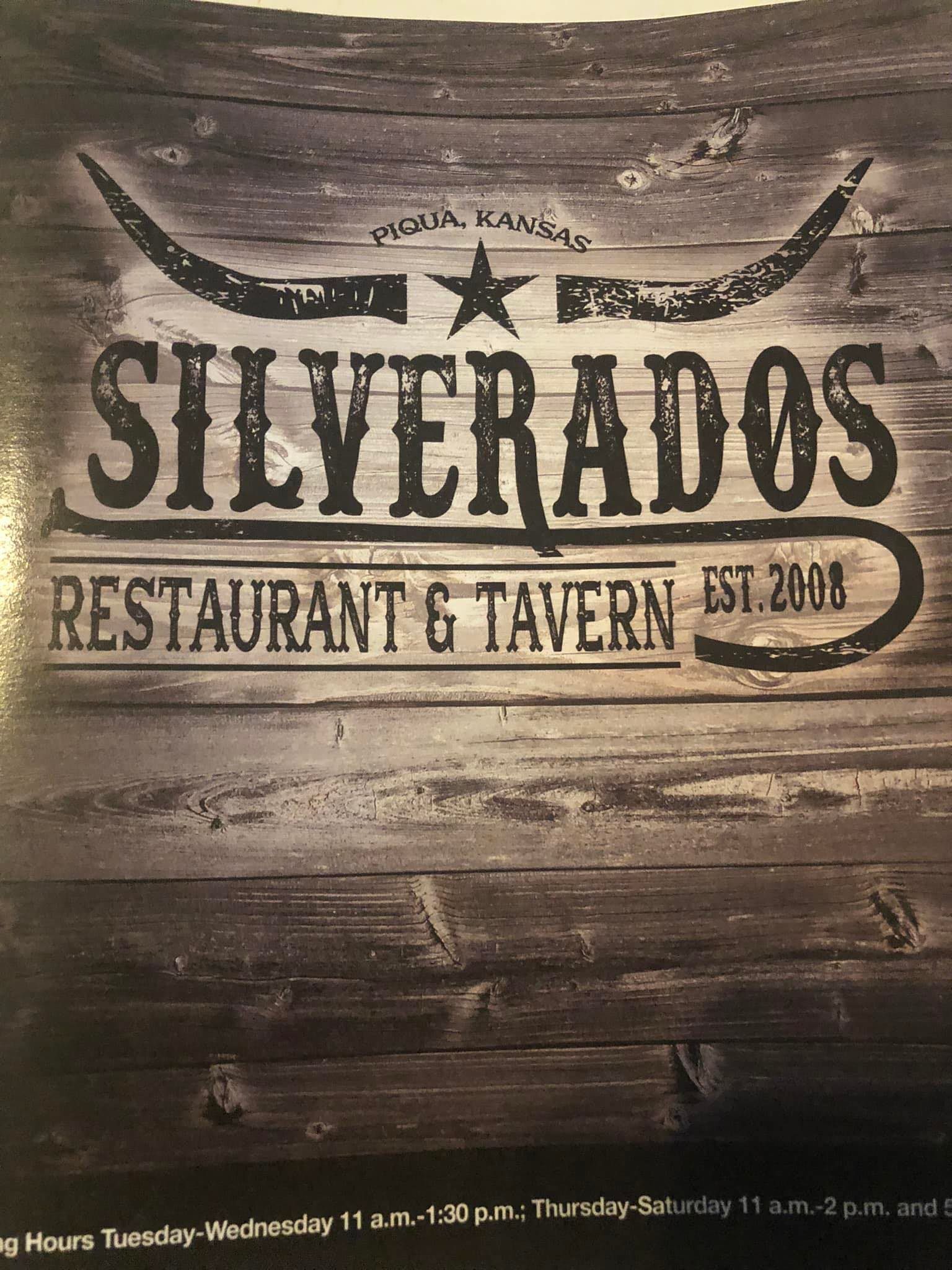 Silverados
Silverados

